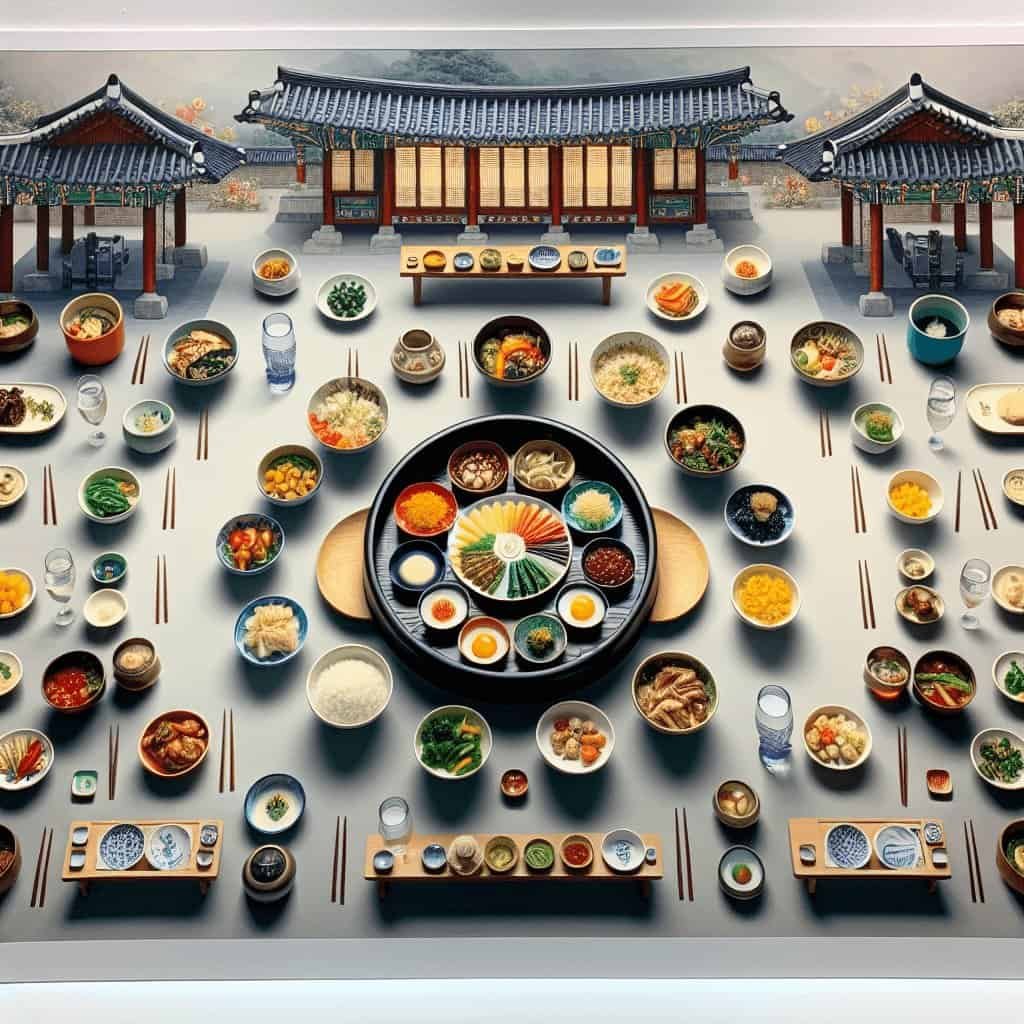Immerse yourself in the fascinating world of Korean dining aesthetics as you explore the concept of “pansang,” which refers to the art of table setting. Discover how every meticulous detail of a Korean table, from the placement of dishes to the harmony of colors, plays a crucial role in enhancing the dining experience. Join us as we unravel the cultural significance and visual appeal of “pansang,” and gain a deeper understanding of how it contributes to the overall charm and beauty of Korean cuisine.

Introduction
In Korean culture, dining is much more than just the act of eating. It is a holistic experience that involves all the senses, including visual aesthetics. One of the key components that contribute to the beauty and appeal of Korean dining is “pansang,” which refers to the art of table setting. Pansang plays a crucial role in enhancing the visual appeal of Korean cuisine, promoting healthy eating habits, and reflecting the values and traditions of the Korean people. In this article, we will delve deeper into the concept of pansang, its components, its cultural significance, and its impact on modern dining trends.
Understanding Korean Dining Aesthetics
Traditional Korean Cuisine
Korean cuisine has a rich history dating back thousands of years and is deeply rooted in the country’s agricultural traditions and regional ingredients. It is characterized by the use of various seasonings, fermented foods, and an emphasis on balance and harmony. Traditional Korean meals often consist of rice, soup, protein (meat or fish), and an array of banchan (side dishes). The presentation of these dishes, along with the artful table setting, contributes to the overall aesthetic appeal of Korean dining.
Importance of Presentation in Korean Cuisine
Presentation is a crucial aspect of Korean cuisine, as it adds to the visual appeal and enjoyment of the meal. Traditional Korean dishes are often presented in a way that showcases the natural colors and textures of the ingredients used. Carefully arranged food on the table not only entices the eyes but also enhances the overall dining experience.
Role of Pansang in Korean Dining Aesthetics
Pansang, the art of table setting, is an integral part of Korean dining aesthetics. It involves the arrangement and placement of various dishes, bowls, utensils, and decorative elements on the table. Pansang not only enhances the visual appeal of the meal but also creates a harmonious and balanced atmosphere that encourages appreciation and enjoyment of the food.
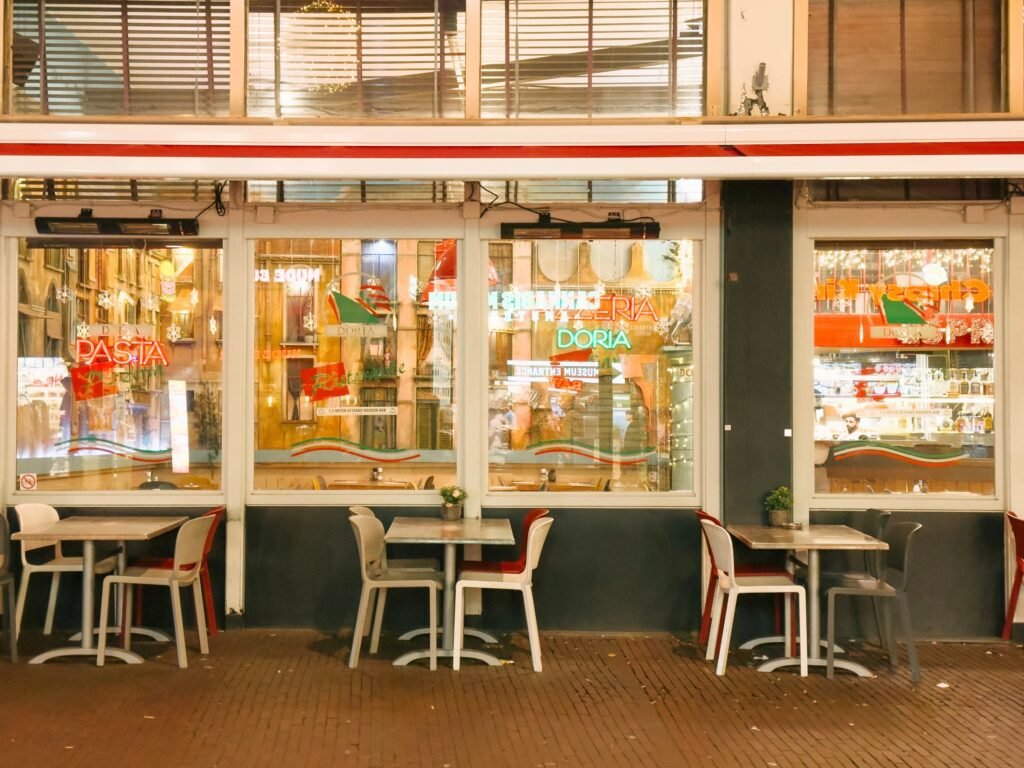
Pansang: The Art of Table Setting
Definition and Origins of Pansang
Pansang, also known as “bansang,” refers to the elaborate table setting in Korean cuisine. It can be traced back to ancient times when table setting was considered a means of displaying wealth and social status. Over time, pansang has evolved into an art form that reflects aesthetics, cultural traditions, and regional characteristics.
Components of Pansang
A typical pansang includes various components carefully arranged on a dining table. It consists of main dishes, side dishes, rice, soup, and various condiments. Each dish is placed in a specific order to create a visually appealing and harmonious composition. The choice of tableware, utensils, and decorative items also contributes to the overall ambience of the dining experience.
Variations of Pansang in Different Settings
Pansang can vary depending on the occasion, region, and type of meal. For formal occasions and ceremonial meals, such as weddings or ancestral rituals, pansang tends to be more elaborate and intricate. In contrast, everyday meals may have a simpler table setting but still uphold the principles of balance, harmony, and visual appeal.
The Role of Pansang in Korean Cuisine
Enhancing Visual Appeal
Pansang plays a crucial role in enhancing the visual appeal of Korean cuisine. The careful arrangement of dishes, choice of colors, and overall composition create an aesthetically pleasing tableau that stimulates the senses. The vibrant colors of different ingredients and their artistic presentation on the table contribute to the overall dining experience.
Promoting Balanced and Healthy Eating
Pansang promotes balanced and healthy eating by incorporating a variety of dishes from different food groups. A typical pansang consists of a combination of protein, grains, vegetables, and fermented foods, ensuring a well-rounded meal. The visually enticing display of these dishes encourages moderation and mindful eating, as it allows diners to appreciate the diversity of flavors and textures.
Highlighting Seasonal and Regional Ingredients
Pansang also serves as a platform for highlighting seasonal and regional ingredients. In Korean cuisine, the use of locally sourced, seasonal ingredients is highly valued. Pansang allows for the showcasing of these ingredients, as they are carefully selected and presented to reflect the changing seasons. This not only celebrates the bounty of nature but also connects diners to the rhythms of the natural world.
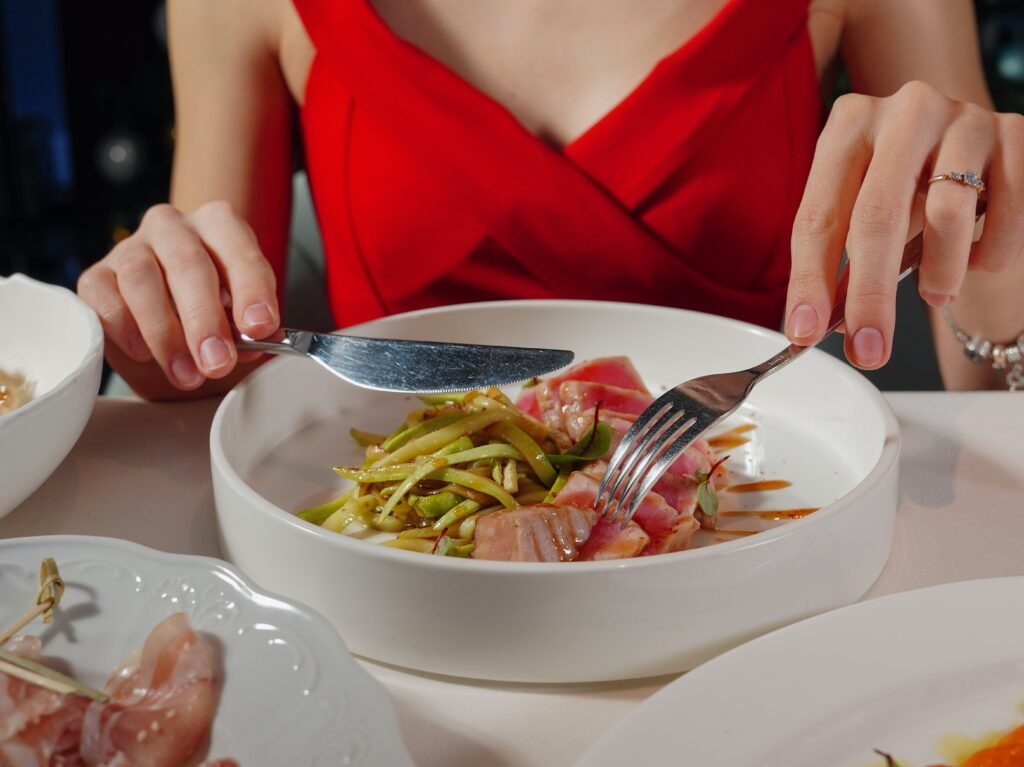
Cultural Significance of Pansang
Symbolism in Pansang
Pansang is laden with symbolism that reflects Korean culture and traditions. Each dish and decorative element incorporated in the table setting carries its own meaning and significance. For example, the presence of certain fruits or vegetables may symbolize abundance and prosperity, while specific colors may represent good fortune or longevity. Pansang thus acts as a visual language that communicates cultural values and beliefs.
Pansang as a Reflection of Korean Values
Pansang is deeply intertwined with Korean values such as respect, gratitude, and harmony. The meticulous attention to detail, the use of seasonal ingredients, and the emphasis on balance and variety all reflect the Korean ethos. Pansang also embodies the importance of communal dining and sharing, as it encourages diners to partake in a shared culinary experience and fosters a sense of unity and togetherness.
Influence of Pansang on Modern Dining Trends
Influence on Food Styling and Photography
Pansang has had a significant influence on the field of food styling and photography, both in Korea and internationally. The artful presentation of Korean cuisine has captivated the attention of food enthusiasts and photographers, inspiring them to incorporate pansang principles into their own work. The visually pleasing aesthetics of pansang have become a trend in the age of social media, where beautifully arranged dishes are often shared and admired.
Integration of Pansang in Contemporary Korean Restaurants
Contemporary Korean restaurants around the world have recognized the value of pansang in creating an authentic and immersive dining experience. Many of these establishments pay meticulous attention to their table setting, ensuring that it aligns with the principles of pansang. By integrating pansang into their dining experience, they aim to evoke a sense of tradition, culture, and pride in Korean cuisine.
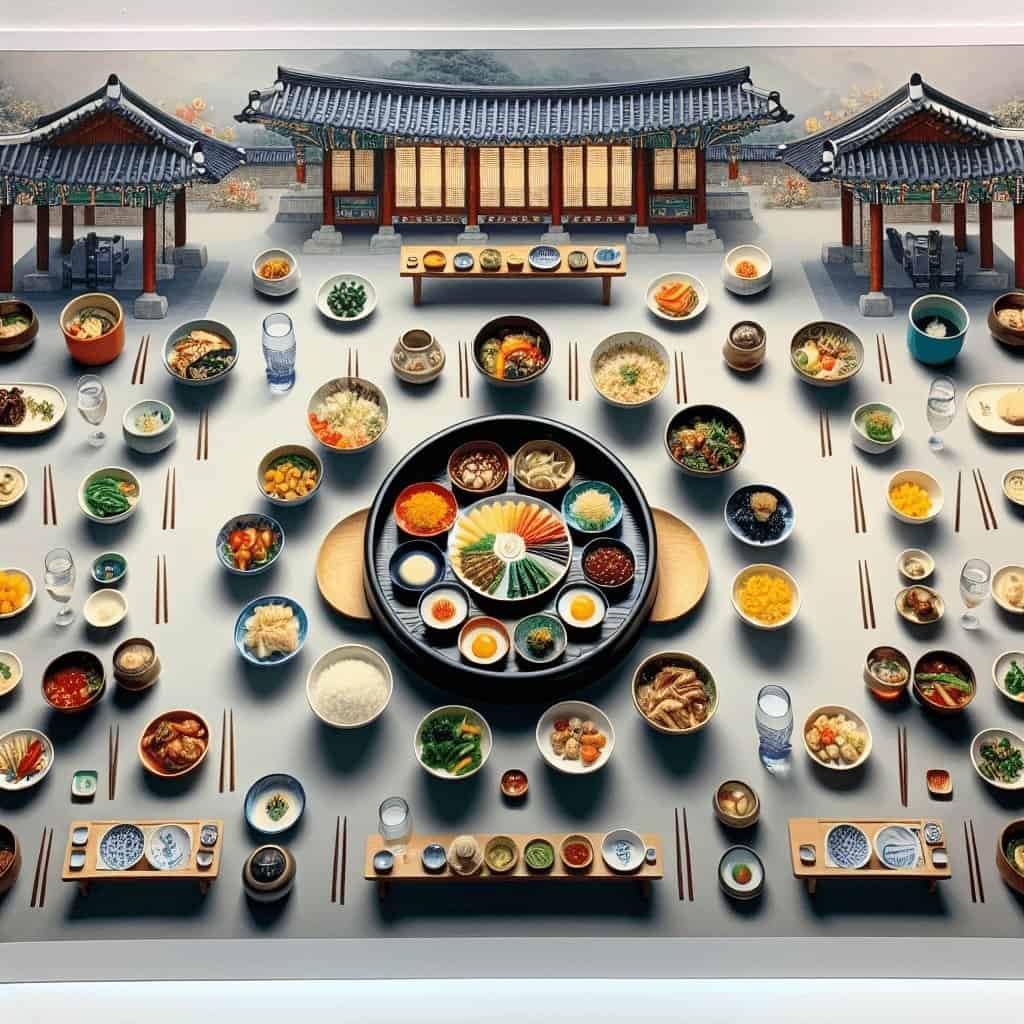
Pansang as a Cultural Experience
Social and Interactive Nature of Pansang
Pansang goes beyond being a visual spectacle; it is also a social and interactive experience. Korean dining is often communal, with multiple dishes being shared among the diners. Pansang encourages a sense of community and engagement, as it prompts diners to interact with one another and engage in conversations centered around the food and the overall dining experience.
Etiquette and Rituals Associated with Pansang
Pansang is accompanied by a set of etiquette and rituals that further enhance the cultural experience. For example, the eldest member of the group often takes the first serving of rice, and guests are expected to wait until the host begins eating before they start their meal. These customs not only demonstrate respect and reverence but also add to the sense of tradition and heritage associated with pansang.
Pansang vs. Table Setting in Other Cultures
Comparison of Pansang and Western Table Setting
Pansang and Western table setting differ in their approach and philosophy. Pansang emphasizes balance, variety, and harmony in both the choice and arrangement of dishes, while Western table setting often follows a more formal and structured approach. Pansang incorporates communal elements that encourage sharing, while Western table setting is more individualistic.
Differences in Philosophy and Approach
The philosophy behind pansang is deeply rooted in the Korean culture and traditions, emphasizing the importance of connectedness, gratitude, and balance. On the other hand, Western table setting focuses more on individual preferences and individual portions. These differences in philosophy and approach reflect the distinct cultural values and norms associated with each dining tradition.
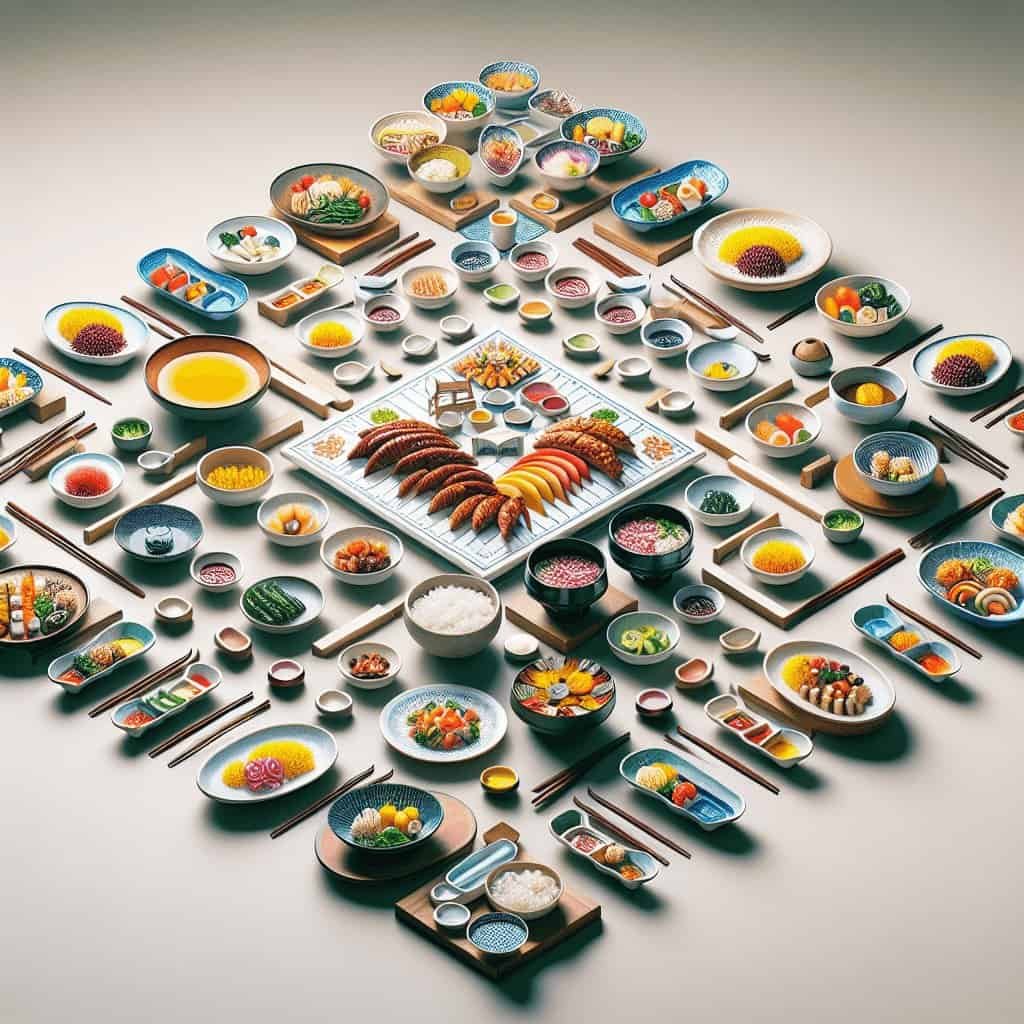
Challenges and Criticisms of Pansang
Perception of Pansang as Time-Consuming
One of the challenges associated with pansang is the perception that it is time-consuming. The elaborate table setting and careful arrangement of dishes require meticulous attention to detail and preparation. However, this perceived challenge can also be seen as an opportunity to slow down, appreciate the process of dining, and savor the experience.
Environmental Impact of Elaborate Table Settings
Another criticism of pansang is its potential environmental impact. Elaborate table settings can require the use of multiple utensils, tableware, and decorative elements, which may contribute to waste and consumption of resources. However, efforts are being made to address this concern by promoting sustainable practices and the use of eco-friendly materials in modern pansang settings.
Conclusion
Pansang, the art of table setting, serves as a cornerstone of Korean dining aesthetics. Through its careful arrangement of dishes, emphasis on visual appeal, and reflection of cultural values, pansang enhances the overall dining experience and contributes to the richness and beauty of Korean cuisine. Furthermore, its influence on modern dining trends, integration in contemporary Korean restaurants, and cultural significance make pansang a truly unique and immersive cultural experience worth exploring. Whether you are a food enthusiast, a traveler, or simply someone interested in the traditions and aesthetics of different cultures, pansang offers a captivating journey into the world of Korean dining.
